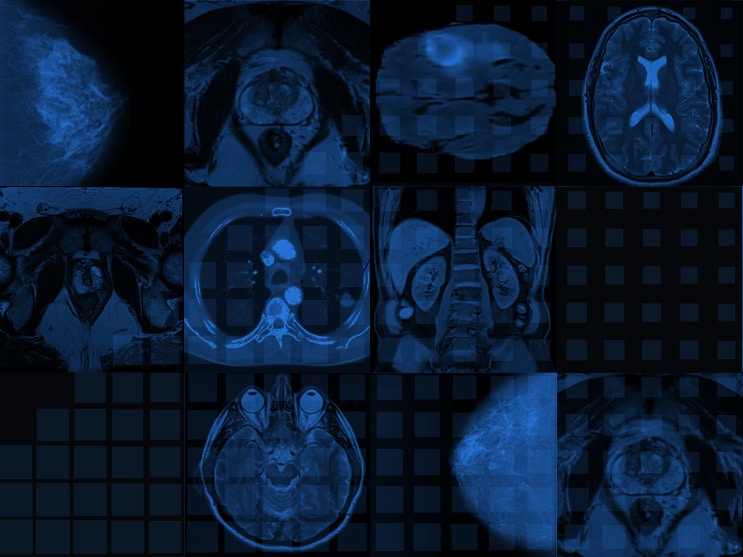PET Analysis process description
PET (Positron Emission Tomography) and CT (Computed Tomography) are both standard imaging tools. Physicians use them to pinpoint disease states in the body. A CT scan identifies a suspected tumor. The PET scan confirms if the tumor is malignant and if it has spread. Combining these two technologies brings many advantages. To clarify, physicians can more accurately diagnose and identify cancer, heart disease and brain disorders.
How does PET work?
First, a patient receives radioactive glucose. All cells need glucose for energy. However, cancer cells use glucose faster than normal cells. The PET scan measures metabolic activity. To clarify, it detects the radiation emitted when cancerous cells absorb glucose. Finally, three-dimensional images are generated by the computer. Images show the detected activity throughout the body. A radiologist or physician who is specifically trained in nuclear medicine will evaluate the images. In order to ensure accuracy, the Cancer Center uses an additional step. Radiology Platform performs another read of the scan. Two “eyes” are better than one.
Benefits of a PET/CT
- More accurate with better image quality
- More convenient to have both scans performed simultaneously
- Less error due to patient positioning changes
Cancer Center Mission
In oncology, PET Analysis are used in diagnostics of cancer metastases. PET imaging helps to monitor progress in course of the cancer treatment, and to plan radiotherapeutic interventions. However, accurate and reproducible delineation of the tumor in the PET scans remains a difficult task. On the other hand, it is crucial for good diagnose. Firstly, it helps to deliver appropriate radiation dose. Secondly, it can minimize adverse side-effects of the therapy. Finally, it is crucial for reliable evaluation of treatment. Thus, our aim is to provide clinicians with intelligent software supporting accurate, efficient and reproducible delineation of the tumor.
Cancer Center publication about PET Analysis
- The first MICCAI challenge on PET tumor segmentation on PubMed
- The first MICCAI challenge on PET tumor segmentation on PMC
Cancer Center solution for PET Analysis
- SterSEG – package for PET images segmentation
- Radiology Platform – software with built-in algorithms

